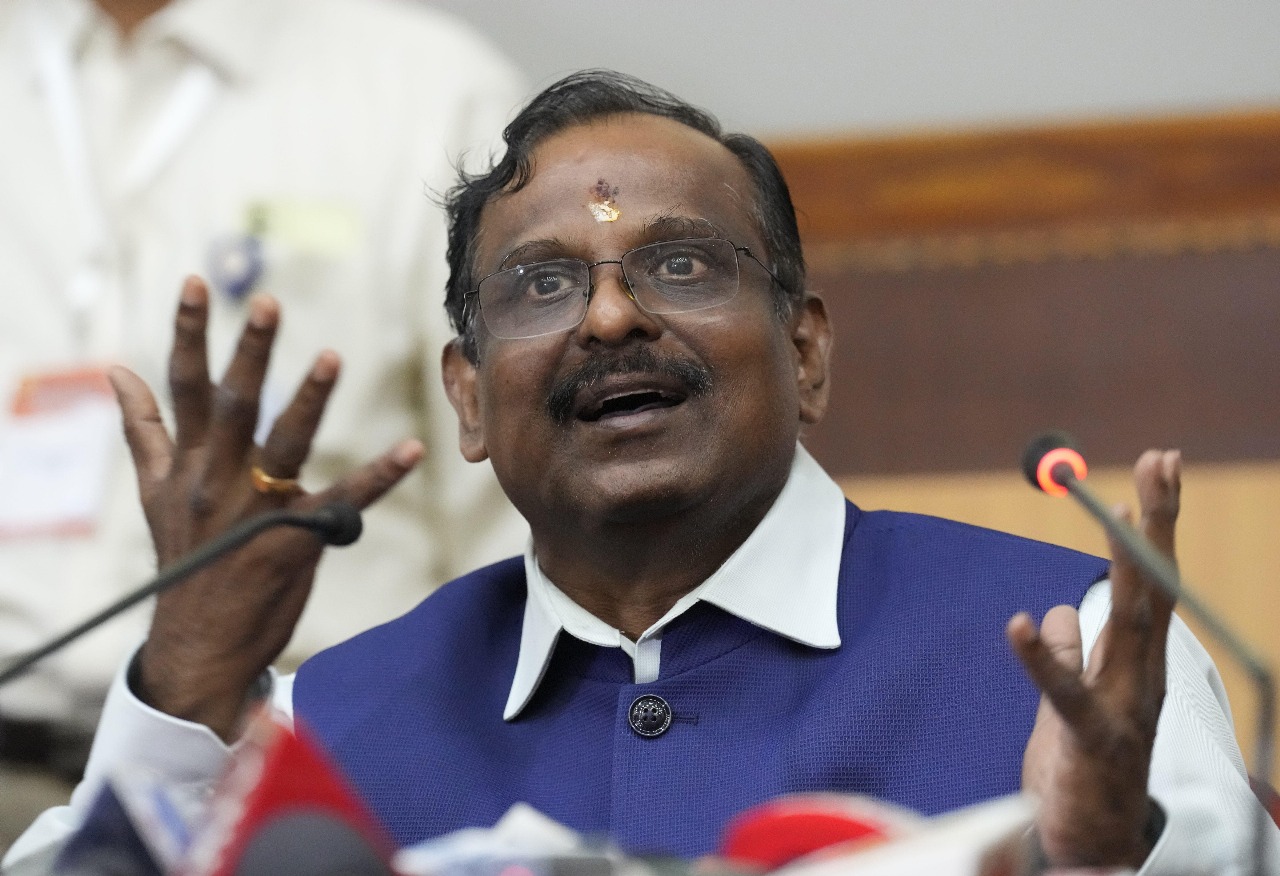India’s space ambitions are no longer confined to scientific exploration—they’re now firmly rooted in commercial strategy. In a landmark announcement, ISRO Chairman Dr. V Narayanan revealed India’s goal to capture 8–10% of the global commercial space market within the next decade, a dramatic rise from its current sub-2% share. This bold vision is backed by a surge in private sector involvement, infrastructure upgrades, and a growing international reputation for precision and reliability.
Key developments and strategic vision
1. Commercial credibility and global recognition
- India’s OneWeb Mission in 2022, which successfully placed 36 satellites into orbit using a single rocket, was a turning point in establishing commercial credibility
- The mission’s orbital precision—achieving placement differences of mere centimeters—surprised the global space community and showcased technical prowess
- Over the past 50 years, India has launched 433 satellites for 32 countries, with 14 of those launches being commercial
2. Infrastructure and capability expansion
- To meet rising domestic and international demand, ISRO plans significant upgrades in infrastructure and manufacturing capabilities
- The organization is transitioning from one launch every three years to one per month
- ISRO has developed 132 satellites to date, with 55 currently active in orbit. India may need three times this number to meet future requirements
3. Private sector participation and startup growth
- Public-private partnerships are central to the new strategy, with private players involved in satellite development, launch services, and data applications
- A decade ago, India had only one space startup. Today, there are over 300
- Startups are driving innovations in satellite imaging, data analytics, and launch vehicle technology
4. International collaborations and high-profile launches
- India recently launched NASA’s NISAR satellite—the most expensive satellite ever launched by ISRO—using the Mark II F16 rocket
- A 6,500-kg commercial satellite from the United States is slated for launch aboard the Mark III rocket
- Dr. Narayanan emphasized that India is no longer the India of 1947, but a dynamic, spacefaring nation attracting global attention
5. Applications and real-time data services
- Space-based services are transforming sectors like agriculture, banking, and disaster management
- Real-time satellite data enables remote land verification for loans, drought assessments, and crop monitoring—eliminating the need for physical surveys
- High-resolution data (up to five centimeters) is available free of cost, empowering users to apply it across industries
Looking ahead
India’s space sector is undergoing a metamorphosis—from a government-led scientific endeavor to a commercially viable, globally respected enterprise. With ISRO’s leadership and private sector dynamism, the country is poised to become a major player in the global space economy. The next decade will be defined by monthly launches, international collaborations, and a thriving startup culture that could reshape how the world views India’s place in the cosmos.
Sources: Business Standard, MSN India, NewsBytes, Economic Times

